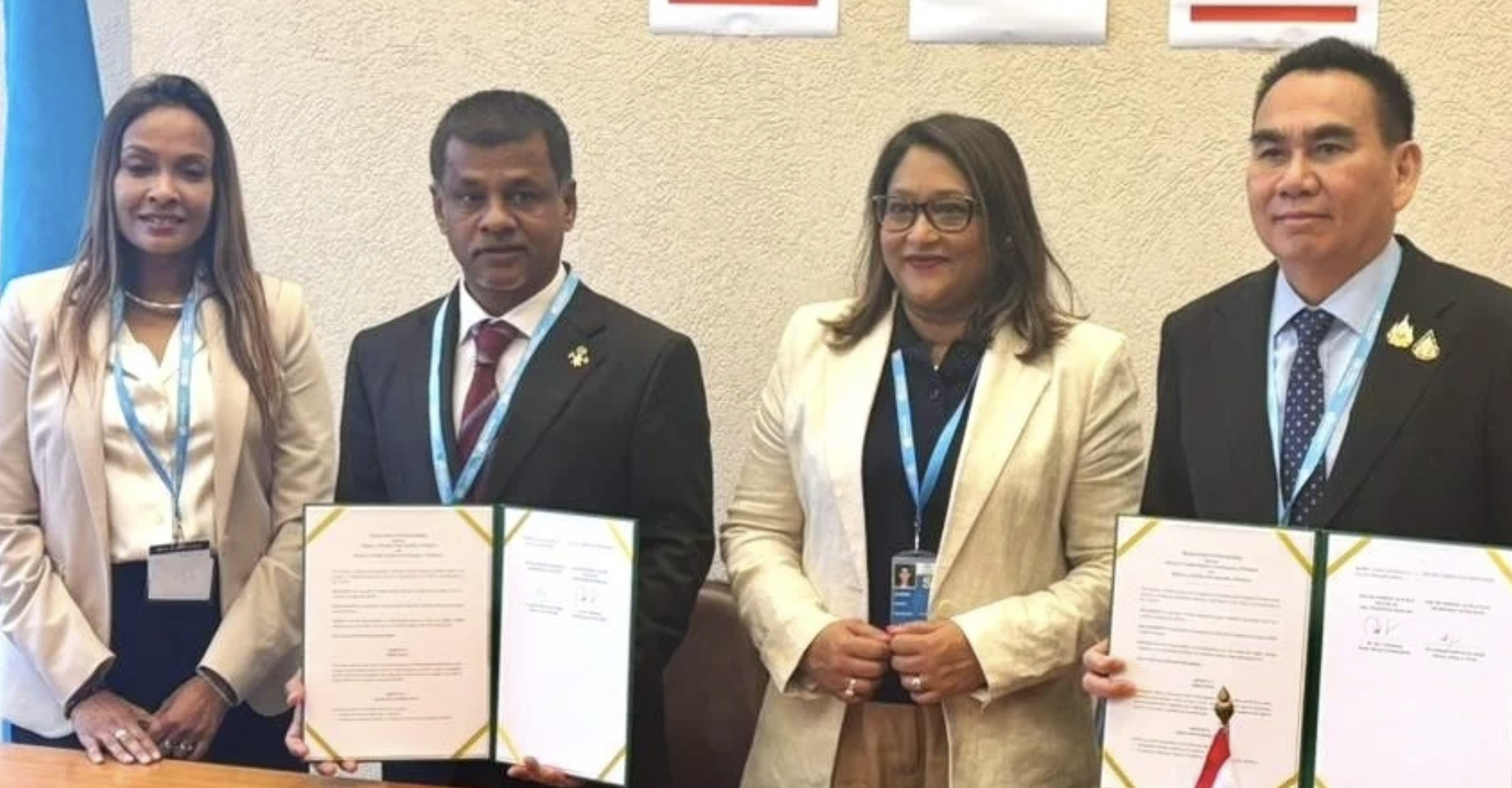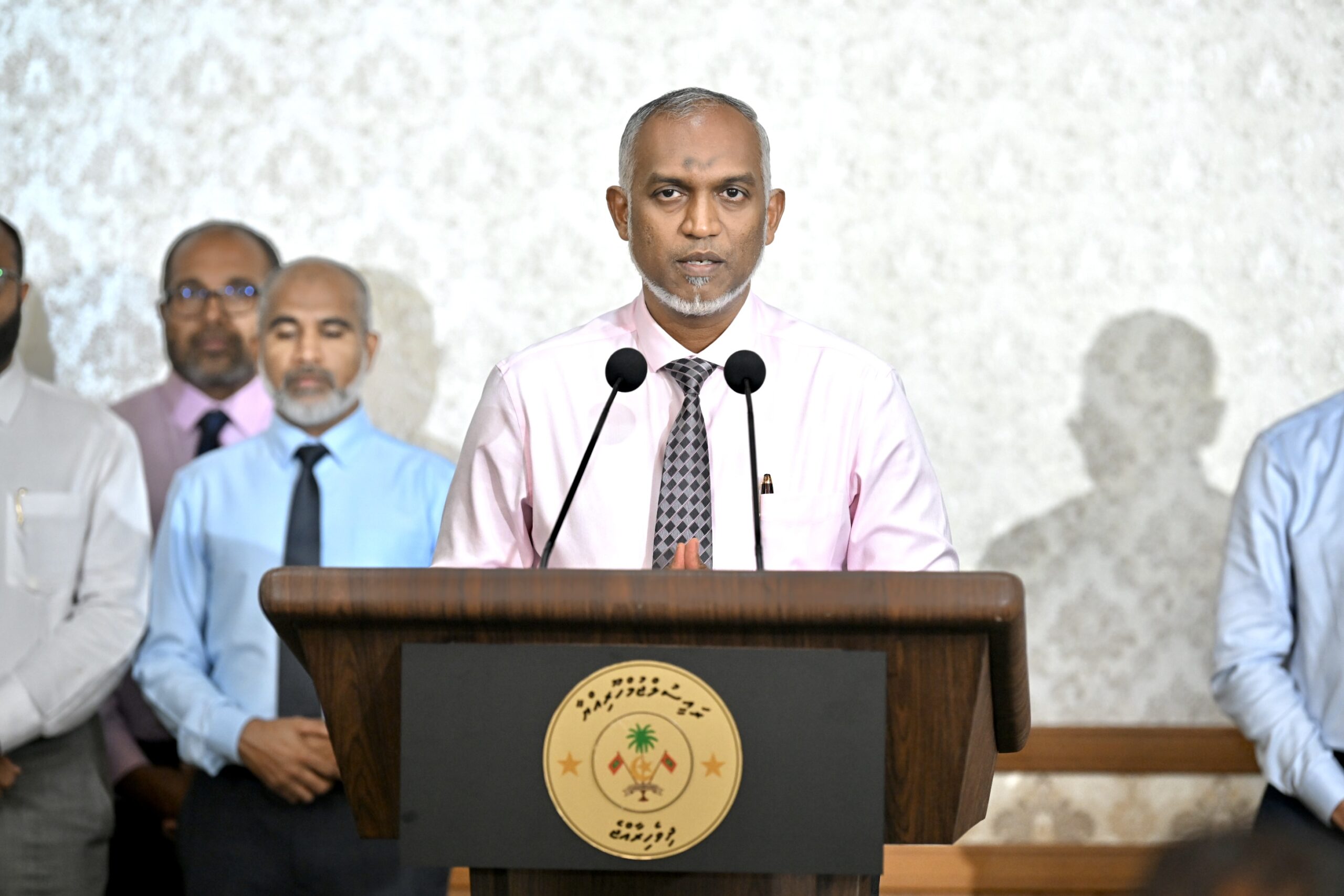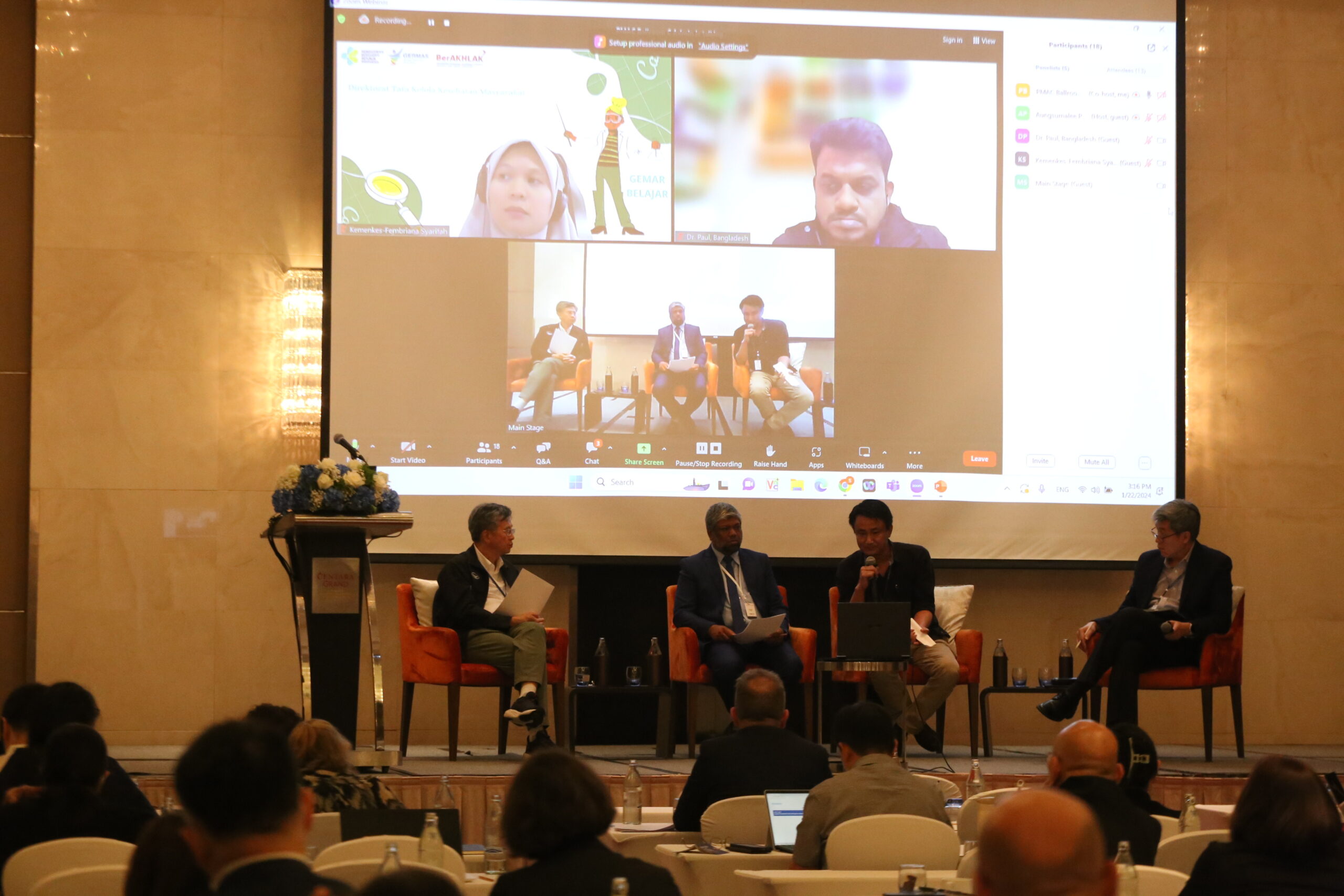Aging population and noncommunicable diseases challenge Maldives
Despite many health achievements, the health system of Maldives is facing significant challenges because of the growing rates of noncommunicable diseases (NCDs). NCDs now account for more than 80% of total deaths. The aging population places increasing demands on the health system, which also heavily relies on expatriate health professionals.
With a large increase in health financing over the years, the government was able to expand health coverage among the population through its own multi-tiered health system and purchasing services, known as Husnuvaa Aasandha. It is a universal, tax-funded health insurance system that finances public and private health care providers.
High government health expenditure checks out-of-pocket spending
In Maldives, sustaining the current levels of public spending is critical to maintaining the momentum of achieving universal coverage, especially after the COVID-19 pandemic. In the future, significant additional allocations must be ring-fenced to primary care with health promotion and disease preventive services that can relieve health systems from unnecessary and irrational spending. The National Master Health Plan (2016-2025) supports the Sustainable Development Goals and is being implemented through a multisectoral and “one health” approach.



